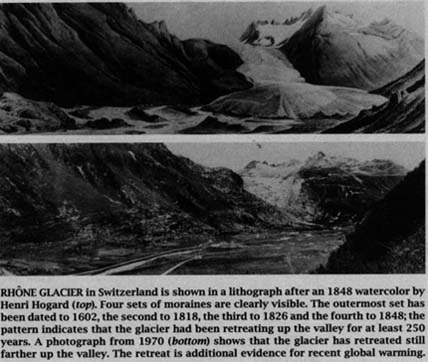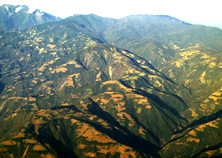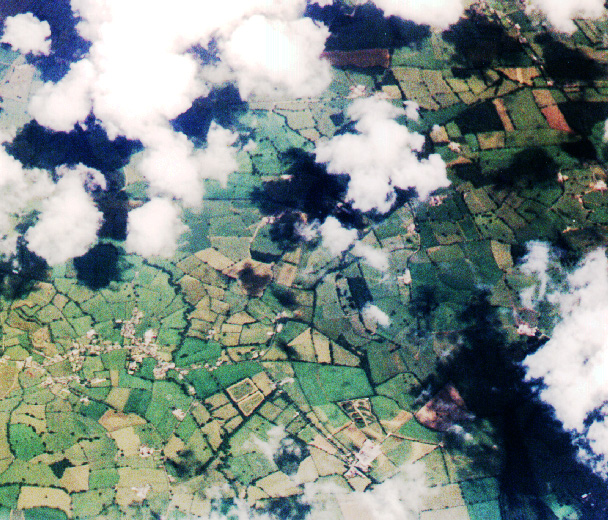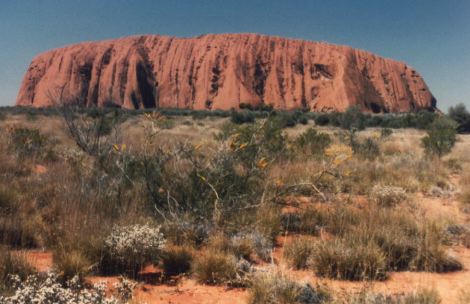 ecological citizenship
ecological citizenshipNavigating the site:
 Protecting
Protecting
Life Sustaining Elements Around Us
A is for Animals, the animate world.
"All individuals are of a species"
The radiant sun, air, landscape, and rainfall are the gift of plant productivity.
The charismatic animals, whales pandas, rhinoceros and bison are here, as are all animals, because of fungi, bacteria and plants that make scarce minerals, like nitrogen and phosphorus available, Since these elements and several others are scarce but necessary to all life as essential nutrients, they are called limiting factors. These nutrients are kept in motion from one creature to another by means of chemical cyles driven by water, wind, sunlight, heat and gravity.
B is for Biological Wealth, we measure in terms of diversity.
Wealth is something necessary that accumulates over time to nourish or enrich the conditions of material existence.
C is for Climate, the quality that attracts people to our shores.
Climate is actually the average conditions of solar irradiation (exposure to the sun), precipitation (rainfall, fog,snow or ice), wind, and temperature over a prolonged duration.
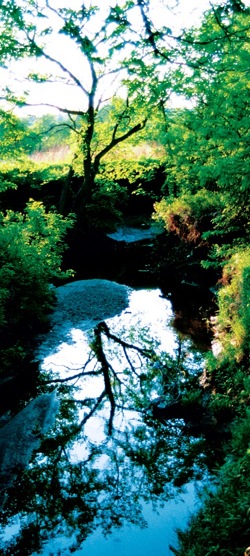
Climate is an overall condition, under which a series of relationships among animals, plants, algea, bacteria, fungi and microbes grows into lasting, if not irreplceable bonds, necessary for all life to flourish in a place or region formed of many places. These feeding webs and partnerships among separate life forms are ties binding the productivity of one functional unit to the success and survival of other units within an ecological system.
Two photoghraphs of the Rhone Glacier from the 19th (1848) and 20th (1970) centuries reveal the extent of this wall of ice, then and later.

These binding threads
of existence can be thought of as: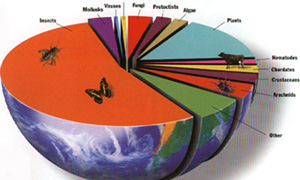
D is for Diversity as insurance against loss, to sustain resilience and a measure of proper stewardship. ECOSYSTEM SERVICES or the benefits that societies' derive from natural areas to extract their necessities, such as drinking water, flood protection, or sanitation are the very foundations of economic and social well-being. Other services include, parks, recreation, scenic stimulation and cultural renewal.
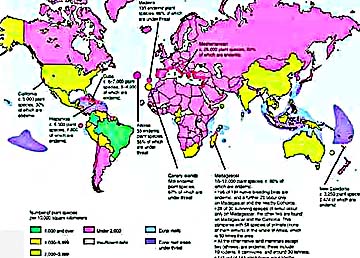
In Genesis the first great commandment of the Old Testament, Torah is "to honor God's creation by keeping the garden."
To keep the garden well, stewardship is an essential ingredient.
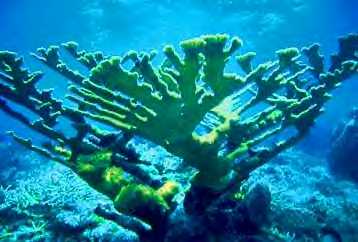
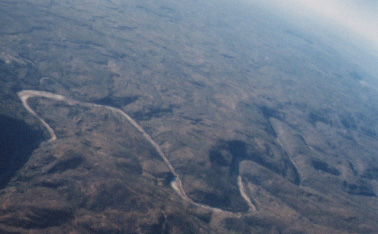
 Mount
Kilimanjaro, from Amboseli, N. P., 1989, JVS.
Mount
Kilimanjaro, from Amboseli, N. P., 1989, JVS.
![]()

How well do we live our lives?
There exist traditional responses we can pursue.
Two paths diverged
into a wood ...
| Conservation | Preservation |
| Wisely Use | Keep Whole |
| to protect from harm, loss or decay | to retain essential qualities |
| acquire endangered lands | manage land for water |
| do more with less electricity | reduce carbon emissions |
| replant trees & restore landscape | cut air pollution |
| restore native vegetation to land | manage land for scrub jays |
Country is a vanishing resource in the post-modern world.
Creating links or corridors for wildlife across territory is an important component in restoring biological diversity of populations whose members are separated by modern intrusions.
You can do something about each of these ecological problems, because we are connected to creation not merely by what we do, what we consume and how we live our lives; but by our genomic and ecological inheritance.
Just like the buildings in the above picture of Santa Monica Bay, California, the natural structures of a living landscape constitute wealth that is passed on from one generation to the next. Such a bequest of accumulating natural capital from one era to another is what we call biological wealth. The biological wealth of one year's photosyntheic production by bacteria, algea and plants is convereted by fungi and animals into next year's renewable investment in more plentiful and more varied forms of life. By returning materials to the flow, rather than interrupting their movement from place to place we add to natural capital accumulation, on which the future depends.
In the photo above, the jetties on either side of the Marina Del Rey canal, are an example of an obstruction that interrupts the flow of sand from the top of the photograph's frame to the bottom. Thuus, a greater mass of sand accumulates on one side of the obstruction (above) than it does on the lower side. As the beach sand accumulates on one side die to long shore currents that move the sand in a motion called littoral drift, the beach is eroded away on the opposite side of the obstruction.
By analogy, interference with nutrients moving from the air, into the soild and back into plants and other living things can cause "bottlenecks" in the flow of essential ingredients that generate the net primary productivity that fuels the biological accumulation of ecological services embodied in natural capital accumulation of biotic wealth.
Miller and Colinvaux on niche.
Preserving naturally and culturally significant places and buffering these areas from damaging impacts of people, animals or industrial pollutants is an essential activity. These places serve as crucial testimonies to our caring for the creation, respecting all life, and passing on a better place than we were given to the coming generations.
![]()
- meet your beast
- understand your wildness
- respect limitations
Powerhouse | Diversity | Miller | Commons | Design with Nature | Freedom | Economy | Ecology

